Photos: YouTube\Twitter
On Wednesday, the NFL made a shocking announcement that they would end “race-norming,” a league practice that assumed Black players started out with lower cognitive function than white players.
The NFL was using race-norming to assess players in the ongoing $1 billion settlement of brain injury claims.
Part of what makes this such a shocking announcement is that so few people even knew the NFL was doing this. In what has the look and feel of an NFL Films retro classic – but actually goes back two centuries when ardent and often deeply racist phrenologists believed that bumps, indentations, and shape of the skull were linked to one’s personality, character, and abilities – this race-norming practice makes it significantly harder for retired NFL players who are Black to show a cognitive deficit and qualify for a payment.
“The replacement norms will be applied prospectively and retrospectively for those players who otherwise would have qualified for an award but for the application of race-based norms,” the NFL said in their public statement on Wednesday.
So why is this important in a practical rather than simply the obvious social outrage sense? Because 2,000 NFL retirees have filed dementia claims but fewer than 600 have received awards, according to the NFL. Since half of all retired NFL players are Black, it’s not difficult to imagine how badly these awards have been skewed.
The awards so far have averaged $516,000 for the 379 players with early-stage dementia and $715,000 for the 207 players with moderate dementia. A report just two weeks ago asserted that there is profound racial bias in these NFL brain injury payouts.
None of this should come as any surprise to lifelong devotees of this brutal, beautiful game, as is the writer of this essay. While many of us deeply love NFL football, we understand that by far the most charitable thing that can be said about the league and race is that the former has a long history of troubles dealing with the latter. Colin Kaepernick and his sociopolitical action wasn’t the beginning of the NFL’s race quagmire, simply a milestone along its path, as is what we are witnessing this week.
And there is no end in sight. In a league that has close to 70% Black players, here are the shameful facts as they stand today:
Black owners: The NFL has 32 teams and 0 Black owners. That’s a sentence best left to stand on its own.
Black coaches: For the upcoming season, of the 32 teams, 3 will have Black head coaches (PIT – Tomlin, MIA – Flores, HOU – Culley). In 2003, the NFL instituted the “Rooney Rule,” requiring NFL teams to interview minority candidates for vacant head coaching positions. Of the 27 coaching vacancies over the last four hiring cycles, only three have been filled by Black men, leaving the NFL with the same number of Black head coaches today as it did when the Rooney Rule was enacted. The NFL can take cold comfort that this remarkable inequity begins in the major college ranks, where approximately 10% of head coaches are Black.
Black media: This year the NFL signed a new $110B media deal, with no agreements signed with Black-owned networks. While issues such as the future of legal NFL gambling were taken into consideration in the new media deal, the league again punted on a fantastic opportunity here to help begin to level the media playing field. For those looking for a depressing deep-dive into media and race in the NFL, this 2008 doctoral dissertation from Georgia Southern University will do the trick.
Of course, media is fan-driven, in that it exists to both cater to existing fan needs and desires as well as create net-new ones. In 2019, The Undefeated ran a series on the State of the Black NFL Fan, which culminated in polling demonstrating a deep divide between how various segments of the fan base view the league based on their race. The results weren’t good news for the league, solidifying the belief that the league creates racial divisions rather than bring diverse people together.
Back to that earlier stat, while the NFL has 70% Black players, their fan base is 83% white. A student essay two years ago in the Harvard Crimson drives home the inherent danger in these numbers:
“In the end, we must ensure that athletes are not a product and that fans are not the consumers, especially when those in the stands or in the back office and those on the field look as different demographically as they do. As it is now, it’s a bad look.”
And just last year, the Los Angeles Times convened what they called a “star-studded panel” on race and equity in the NFL. One of the key questions was what players and coaches can do to ensure that these critical racial issues didn’t fade into the background once play resumed after COVID-19. While there were certainly thought-provoking responses, this week’s news shows we’re right back to where we always were, a deeply inequitable league fueled by Black labor.
The only reason so many Americans are even hearing the term “race-norming” for the first time in their lives this week is because of Judge Anita Brody of the Eastern District of Pennsylvania. On Monday, Judge Brody issued two orders. The first justifiably dismissed two lawsuits brought against the NFL by former players Kevin Henry and Najeh Davenport as “an improper attack on the Settlement Agreement.”
But the second order was a thing of beauty, in that Judge Brody raised the issue of race-norming, sending lawyers for the NFL and for the class of former player litigants back to the negotiating table “to seek to address the concerns relating to the race-norming issue.”
From the legal perspective, this is where the ultimate remedy may be found. Charlie Cartwright, a civil rights lawyer based near Miami asserts that:
“When any professional sports league does something such as assume that players of one race are cognitively inferior to players of another race, this is a civil rights issue and will continue to make its way through the courts until it is ultimately resolved.”
Josh Geist, a civil rights lawyer in Pittsburgh also sees a long road ahead.
“This isn’t just an NFL issue yet many have observed that the league has a less than stellar civil rights record. The money involved in not only past settlements but what are sure to be future claims makes some of these league policies ripe for judicial review.”
It’s important to remember that most NFL careers are short-lived ones, as is expected in America’s most gladiatorial sport. In the only professional team sports league where contracts are generally not guaranteed, the average NFL career is just over three years, half that of an MLB player.
And while the top annual NFL player contract sits at a lofty $45M, the league median salary is $860K. While this is definitely decent money compared to the average American worker, keep in mind that players today have made significantly fewer financial strides than fans believe they have.
A 2014 study found that while players earned 8% more than they did seven years earlier, they were financially worse off due to a variety of factors. Suffice it to say that the point of confluence between these league salaries, extremely short careers, and life-altering (and often life-ending) brain injuries still makes life in the NFL for some a form of indentured servitude.
The best recipe for long-term change in the NFL is a foundational change in how the game is run and by whom.
That there is even league folklore about the time fifty years ago the NFL almost had a Black owner shows how very far the game needs to come. Stories that come to light such as this week’s race-norming show how long and arduous the journey is ahead.
Aron Solomon, JD, is the Head of Strategy for Esquire Digital and an adjunct professor of business management at the Desautels Faculty of Management at McGill University. Since earning his law degree, Solomon has spent the last two decades advising law firms and attorneys. He founded LegalX, the world’s first legal technology accelerator and was elected to Fastcase 50, recognizing the world’s leading legal innovators. His work has been featured in TechCrunch, Fortune, Yahoo!, ABA Journal, Law.com, The Boston Globe, The Hill, and many other popular publications.
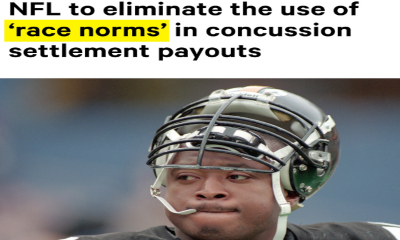



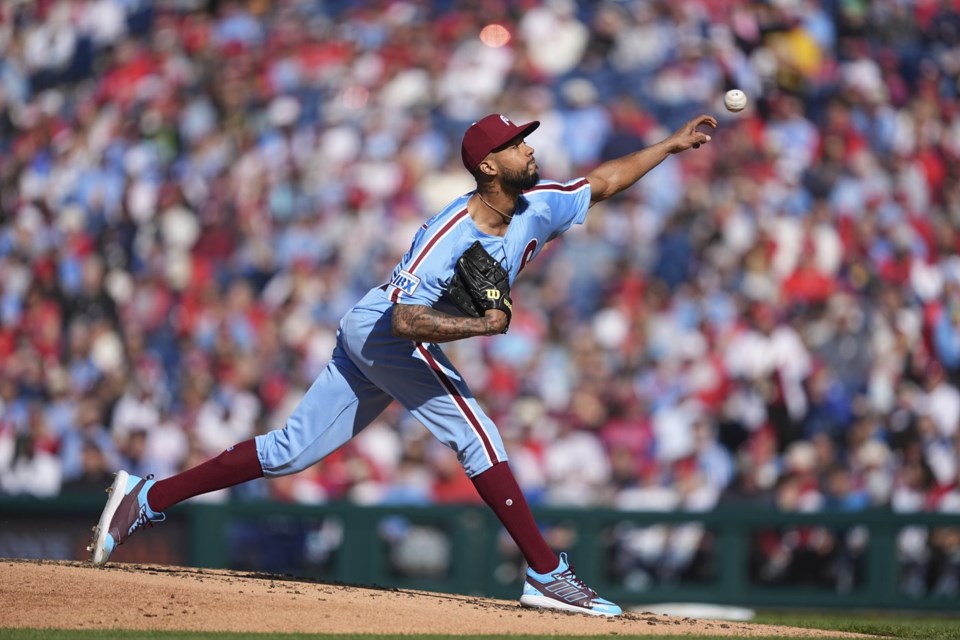
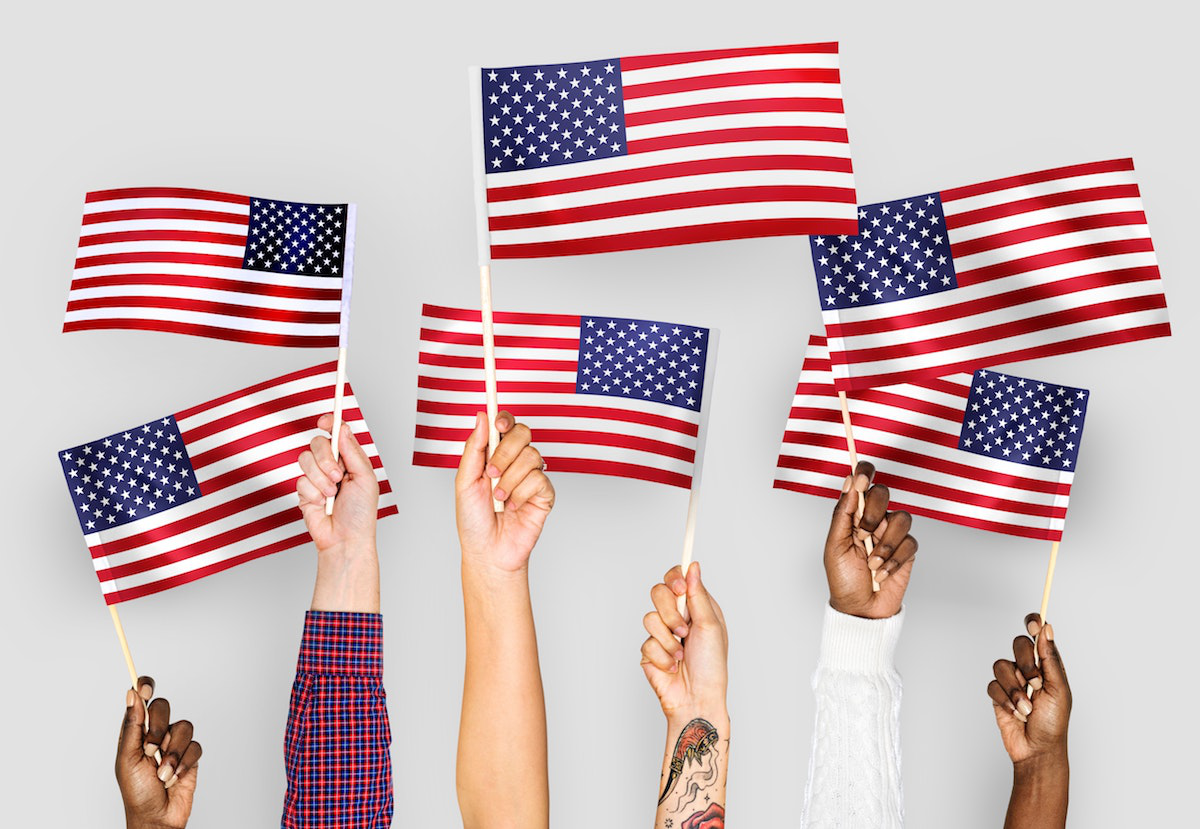
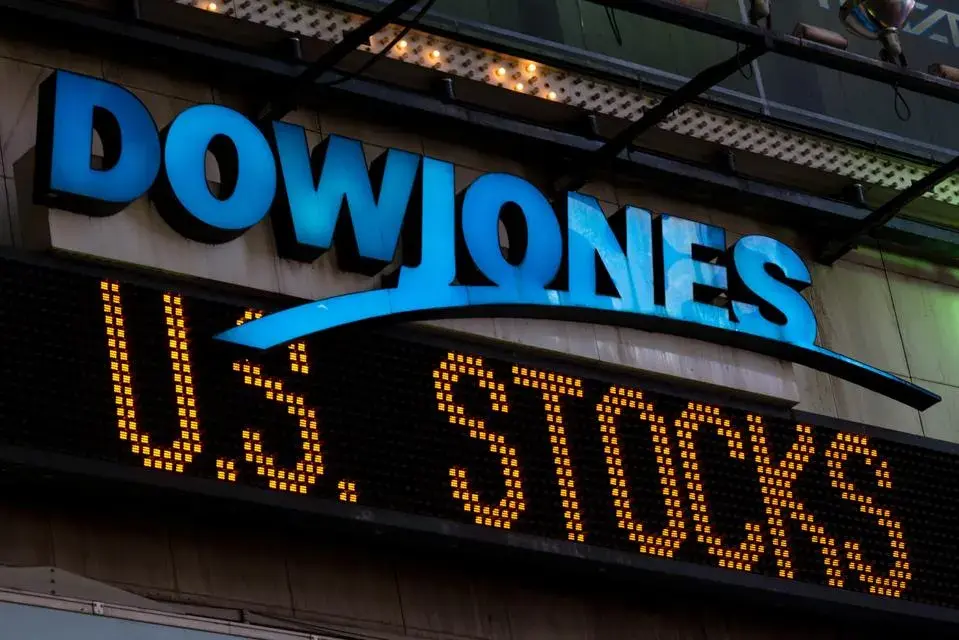
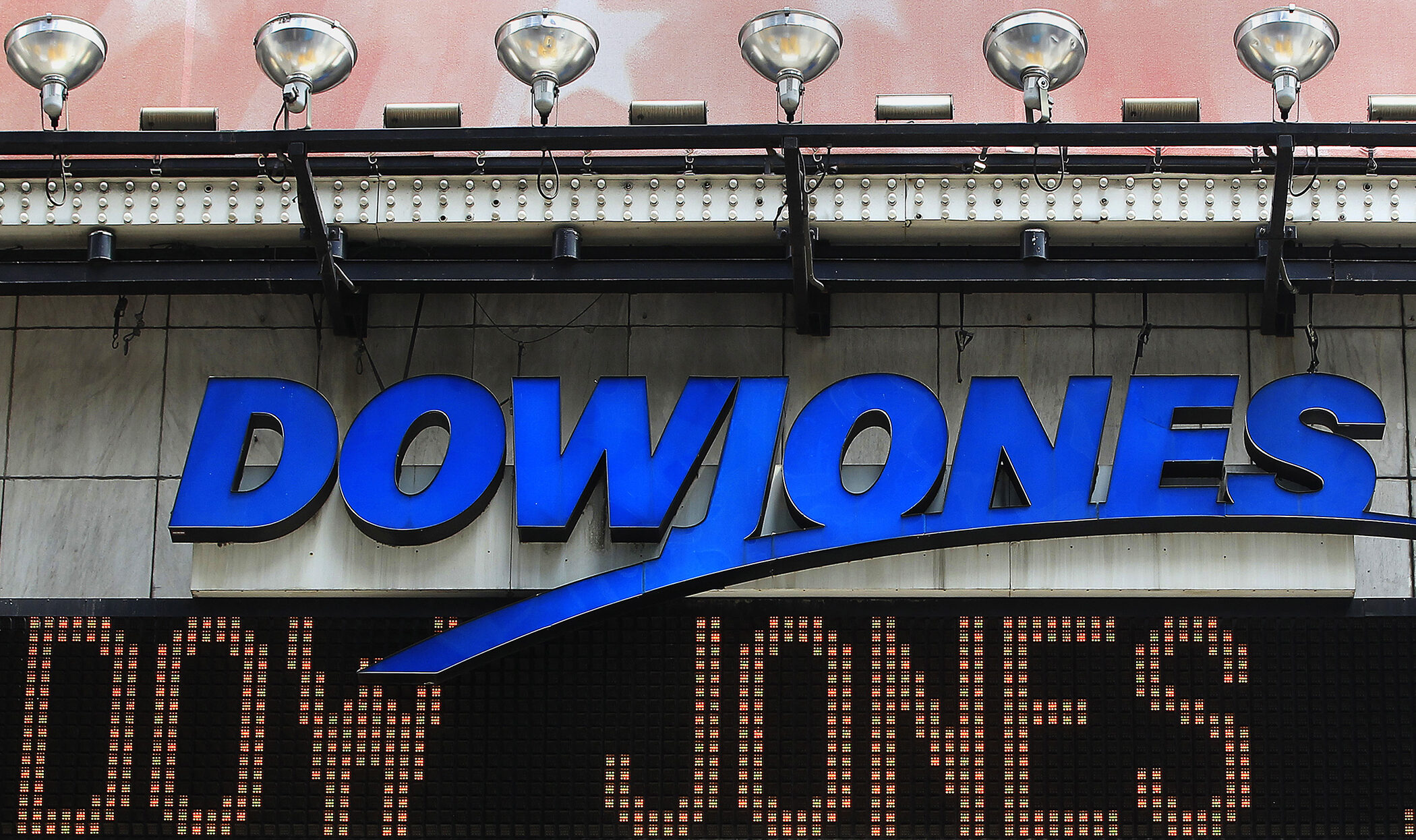
Comments are closed.